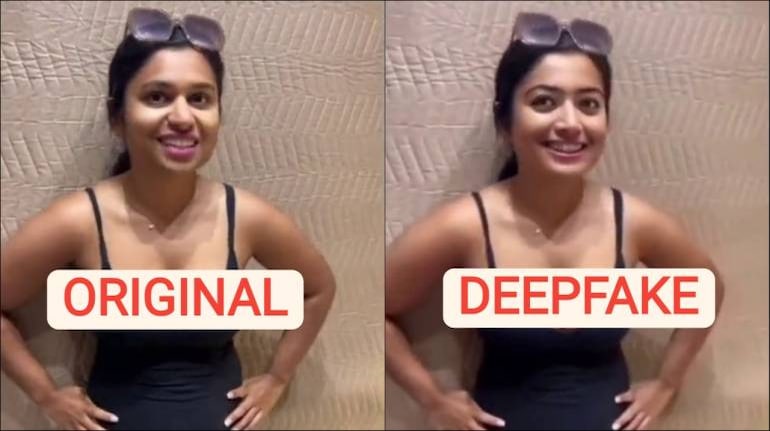The History of Deep Fakes all started in the 1990’s. Though many think that AI (Artificial Intelligence) is a new thing, after some research I found that it started as early as the 1990’s. The original purpose for Deep Fakes was to use AI for image processing. Eventually, Deep Fakes started being recognized by 2010. The creation of Deep Fakes was credited to a man named Ian Goodfellow in 2014. Ian was a Ph.D. student at the University of Montréal during his prime as a Deep Fake creator. Currently, Ian is a research scientist at a highly prestigious company in an AI research lab run by Google. Deep Fakes are not only fake images but can also affect audio by using people's voices. Once Deep Fakes started to be recognized, this caused concern amongst social media users, and their parents. Though it was originally planned to be used for jokes, pranks, and parodies, the use of Deep Fakes grew and it started to get out of hand. With scammers starting to pick up the ability to Deep Fake, it caused concern and the fun and playful original use of Deep Fakes lost its purpose. Instead of the humor and fun Deep Fakes used to give, they turned dark and malicious. “The creation of deepfakes is rooted in deep learning, a subset of AI that mimics the neural networks of the human brain. By ingesting vast amounts of data – images, video clips, or voice recordings – these algorithms learn to recreate and alter human likenesses with startling accuracy. This technology has progressed rapidly, thanks to advancements in AI and the increasing availability of data and computational power.” (“Rise of DeepFake Technology”) Deep Fakes spread incorrect information and are still around due to how extreme social media has grown.

The Impact of Deep Fakes is highly important but also highly negative. Though their original value was to be positive and funny, through the years it has deteriorated to something far worse. Deep Fakes have highly impacted our privacy. Where one thinks that their personal livelihood is safe, Deep fakes breach one’s privacy. They could do this by faking photos or audio of a person and get them into a bad situation. These bad situations can affect a person's career, reputation, and family. “This form of digital violation not only invades privacy but also has the potential to cause severe emotional distress and reputational damage. Victims of such deep fakes often find themselves powerless, their images manipulated and shared across the internet.” (“Rise of DeepFake Technology”) Another way Deep Fakes highly impact people is by using it for scams. Many scammers will use Deep Fake phone calls to scam families. They will do this by using family members' voices or hacking social media to get photos and edit them as if the family member was in an accident. They request money and many scared families send them money and end up scammed. Deep Fakes impact society very negatively and have strayed from the original fun purpose of them. What could have been a fun thing turned bad overtime.

Works Cited
Crisara, Matt. “How to Spot Deepfakes: AI-Generated Media, Explained.” Popular Mechanics, 8 December 2023, https://www.popularmechanics.com/technology/security/a45920918/what-are-deepfakes/. Accessed 22 April 2024.
“Rise of DeepFake Technology.” Legamart, https://legamart.com/articles/deepfake-technology/. Accessed 21 April 2024.
No comments:
Post a Comment